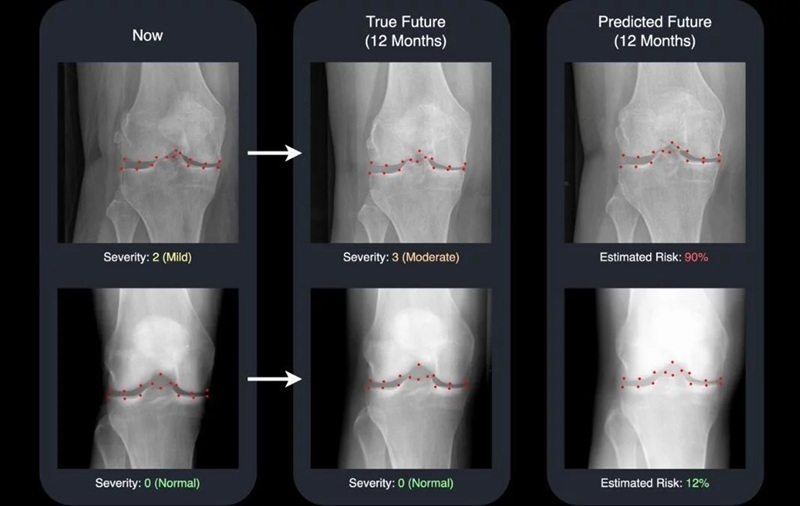Imaging Technique Treats AF with Less Radiation Exposure
By MedImaging International staff writers
Posted on 05 Jun 2017
The results of a review article suggest that clinicians could use a new ultrasound-based image technique for guided catheter ablation instead of fluoroscopy, when treating patients with atrial fibrillation.Posted on 05 Jun 2017
Fluoroscopy exposes patients and the medical care team to high doses of radiation. The researchers advocate the use of the new Intracardiac EchoCardiography (ICE) technique to replace flouroscopy and reduce or even eliminate radiation exposure.

Image: An example of the use of Intracardiac EchoCardiography (ICE) to investigate atrial fibrillation (Photo courtesy of the AHA Journals).
The researchers and cardiologists from the Weill Cornell Medicine (New York, NY, USA), and the New York-Presbyterian (New York, NY, USA) published the results of their review article online, and in the June 2017, print issue of the journal Heart Rhythm.
They researchers argue that with additional training and experience, clinicians would be more ready to accept the new technique. ICE can create a precise and complete image of the heart during the guided catheter ablation procedure, and can also be used with computerized 3D mapping systems. In addition, could also use pre-procedural cardiac imaging if necessary.
Co-author of the study, associate professor Dr. Jim Cheung, said, "Although the concept of fluoroless catheter ablation was introduced several years ago, it has yet to gain wide adoption, mostly because many electrophysiologists were trained to rely on X-ray imaging and are reluctant to trust ICE. This concern can be remedied with experience. For some, the learning curve can be steep, but generally, the skill set can be readily acquired. By thoughtfully modifying the way the procedure is performed, we can significantly reduce the radiation risk in the process. We are currently training our fellows to utilize this technique in an effort to guide the next generation of cardiologists to become well-versed in fluoroless ablation."
Related Links
Weill Cornell Medicine
New York-Presbyterian














